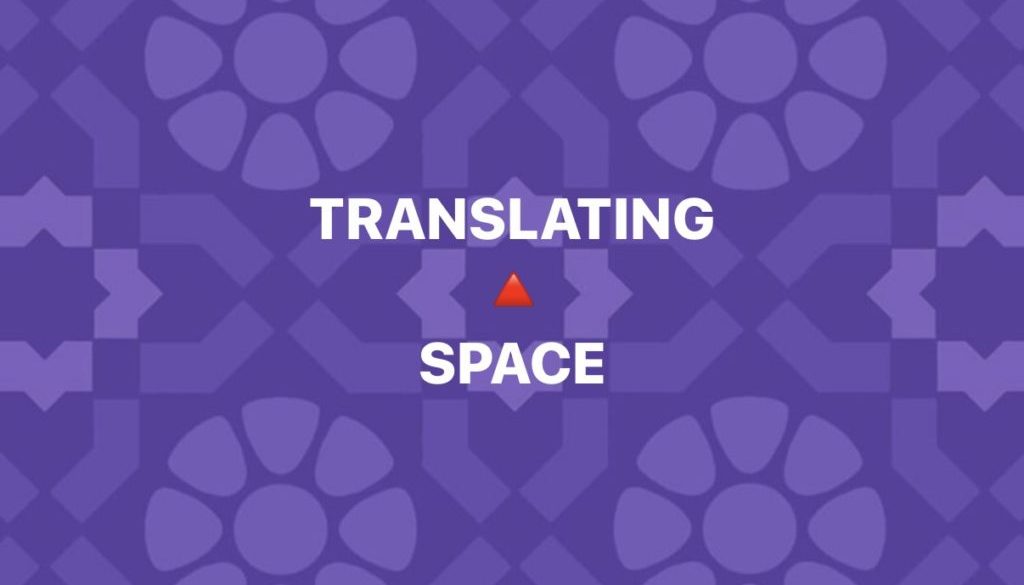HOLOGRAM ? WHOLENESS ? ONENESS
?
The state of being translated. A translated version of a text. Physics Motion of a body in which every point of the body moves parallel to and the same distance as every other point of the body. Biology The process by which messenger RNA directs the amino acid sequence of a growing polypeptide during protein synthesis.
Translations in physics
In physics, translation (Translational motion) is movement that changes the position of an object, as opposed to rotation. For example, according to Whittaker:[3]
❗️A translation is the operation changing the positions of all points (x, y, z) of an object according to the formula.❗️
When considering spacetime, a change of time coordinate is considered to be a translation. For example, the Galilean group and the Poincaré group include translations with respect to time.
?
Translation is a term used in geometry to describe a function that moves an object a certain distance. The object is not altered in any other way. It is not rotated, reflected or re-sized. … In a translation, every point of the object must be moved in the same direction and for the same distance.
Translation (geometry)
In Euclidean geometry, a translation is a geometric transformation that moves every point of a figure or a space by the same distance in a given direction.
In Euclidean geometry a transformation is a one-to-one correspondence between two sets of points or a mapping from one plane to another.[1] A translation can be described as a rigid motion: the other rigid motions are rotations, reflections and glide reflections.
A translation can also be interpreted as the addition of a constant vector to every point, or as shifting the origin of the coordinate system.
A translation operator is an operator such that
(WIKIPEDIA)







